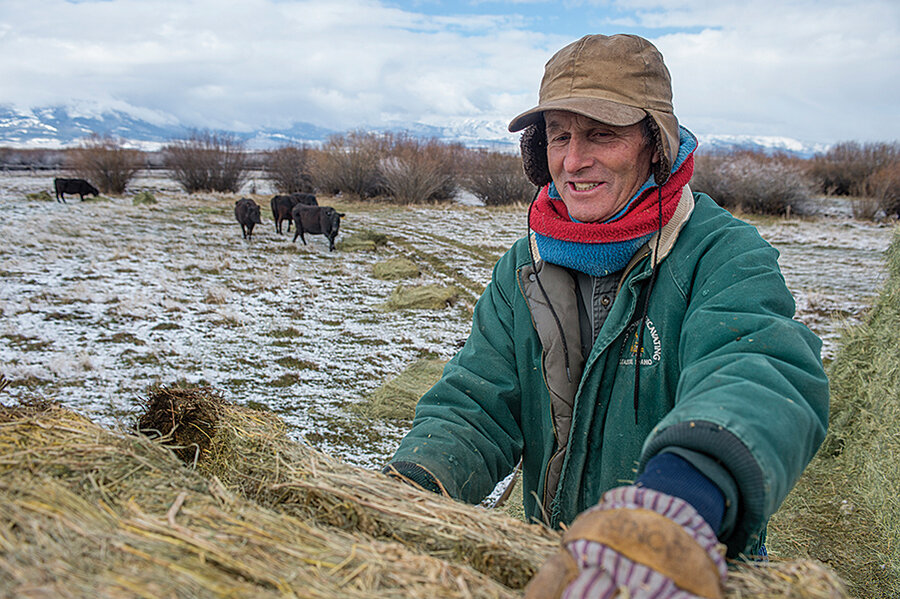Sagebrush renaissance
Loading...
Apparently, Linda Sue Beck was destroying America.
At least, that was the opinion of the ranchers who, a year ago, tried to launch an antigovernment rebellion from a small stone building in the eastern Oregon desert.
The stone building was the headquarters of the federal Malheur Wildlife Refuge, and the desk that protesters cleared off to make room for pizza and ammunition was Ms. Beck’s.
Like all employees of the refuge, she was complicit in what the protesting ranchers saw as an act of domestic tyranny. The refuge is part of the million-square-mile patchwork of land that the federal government owns in the West. Beck was part of an occupying force, the protesters suggested, and they were determined to put the land back into the hands of Westerners.
Yet there was a curious irony to the fact that those ranchers chose that stone building and that desk, in particular.
Malheur National Refuge is a pioneering example of how federal stewards are collaborating with ranchers.
And Beck was perhaps the best symbol of that cooperation.
In retrospect, it is no wonder that the Malheur occupation fizzled. This is not the West we once knew.
As Monitor staff writer Amanda Paulson describes in her cover story this week, the Sagebrush Rebellion of the 1970s now lives on mostly as legend. Passion has been tempered by practicality. The desire to wrest from Washington the land that Westerners feel is rightfully theirs – and to free it from thickets of regulation – has been offset by the realization that states have even less money to manage such land. And most Westerners don’t want to see iconic landscapes sold to the highest bidder.
Yes, ranchers still have grievances. But the Malheur occupation no longer symbolizes their approach. All sides are discovering that federal lands, run well, are neither a fiefdom of Washington nor a bulwark against wrongheaded cowherds. They are the vehicle by which important but competing claims can find balance.
Take Malheur. Historically, it has been at the center of claims by farmers, ranchers, tribes, and hunters desperately seeking plumage for women’s hats, notes a 2016 report by The Seattle Times.
It is not a parcel of ground. It is a common resource upon which the entire region depends – commercially and ecologically.
So in 2008, the refuge wisely began listening to locals’ concerns. At one point during talks about how to manage the land, participants could raise a card: green for “go,” yellow for “hold on,” and red for “start over.”
“To me, what is important is that the refuge has really listened and taken a more collaborative approach,” Fred Otley, a fourth-generation rancher, told the Times.
One of the surprising results: Environmentalists and ranchers came to the shared conclusion that the biggest problem was invasive carp in the lakes.
Getting rid of the carp became Job No. 1. Linda Sue Beck’s job, in fact. At least, when she wasn’t being interrupted by an armed occupation.






